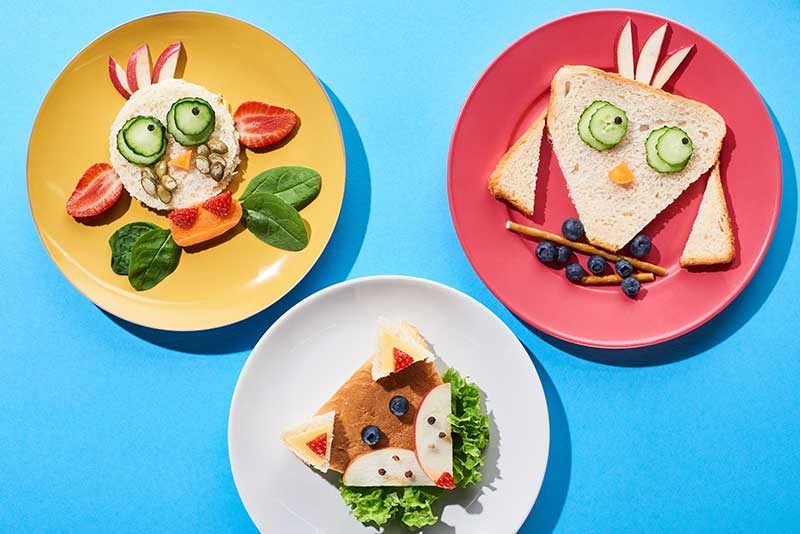It’s no secret that getting vegetables into your child’s diet can be difficult at times. But what if we made this obstacle into an amazing adventure? “Colorful Eating” is more than just making plates more visually appealing; it’s about providing your child’s diet with a diverse range of nutrients, flavors, and textures. Let’s look at some inventive methods to make vegetables interesting and appealing to youngsters!
Start with a rainbow chart
Children enjoy colors and activities. To combine these elements, make a rainbow chart. Each color of the rainbow should be represented by a different vegetable. Challenge your children to ‘eat the rainbow’ for a week or a month, and measure their progress on the chart. This not only promotes variation, but also makes the process more visually appealing and rewarding.
Involve them in the process
Children are more inclined to eat food they helped prepare. Take them vegetable shopping and let them choose something fresh to try. At home, get them involved with washing, peeling, or even cutting (if they’re old enough and under supervision). During these exercises, you can talk about the benefits of each vegetable and how they relate to the strength or powers of their favorite superhero or cartoon character.
Master the art of disguise
If your youngster is extremely resistive, becoming imaginative with presentation can make a huge impact. Use cookie cutters to chop vegetables into colorful shapes, or puree them into sauces, smoothies, or baked goods. For example, adding spinach to a blueberry smoothie turns it a vibrant color, and kids may not even notice the flavor!
Make flavorful pairings
Children may oppose vegetables not because of the texture, but because of the taste. To increase the flavor, try other herbs, spices, or combinations. Cheese, for example, pairs beautifully with broccoli and cauliflower. Natural sweeteners, such as apple sauce, can help children enjoy certain vegetables more.
Set a positive example
Children imitate adults. If they witness you eating vegetables, they are more inclined to do the same. Make it a family affair, with everyone eating the same meals, and use the chance to socialize and discuss the benefits of a healthy diet.
Children to the world of vegetables does not have to be a difficult endeavor. With a little ingenuity, effort, and participation, you can make veggie time a fun, instructive, and savory experience. Remember, the goal is not merely to encourage kids to eat their greens (and reds, yellows, and purples), but to instill in them a lifetime appreciation for good food. Let’s make colorful eating a pleasurable experience for our children!
